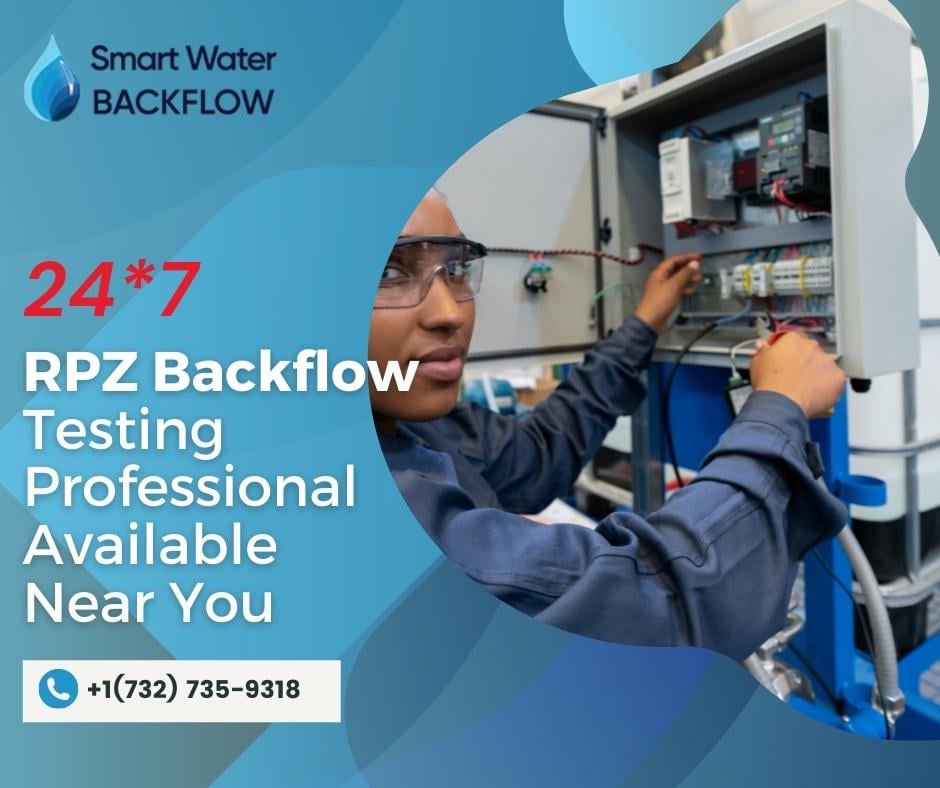Tips to install a commercial backflow preventer

Water flows in one direction through a channel, but sometimes due to pressure, it may start back flowing and get mixed with the main water supply. Backflow may contaminate clean water with bacteria and other harmful germs. That is why backflow preventers are installed. It is a beneficial device for residential and commercial buildings that prevents water from getting infected with dirty water. But for that, it is essential to install the backflow preventer properly. Otherwise, it may need to be fixed; it is equally necessary to maintain the preventer properly.
The installation approach of a backflow preventer can significantly affect its standard lifespan, overall performance, and the protection of those who repair, inspect or deploy it. Below are a few points to consider while installing a commercial backflow preventer.
Install the Backflow Preventer above Ground
Installing the backflow preventer above ground is a good practice. Because when it is above ground, you can quickly and safely conduct field testing and repair or maintenance whenever necessary. If you let it install below ground, it incites a greater risk of cross-connections. As a result, it becomes useless to install the device.
Choose an Outdoor Location
When installing a backflow preventer, ensure it is installed in an outdoor location. Even though installing a backflow preventer inside is possible, doing so could put your home and any testers or maintenance workers who need to work on the system in danger.
However, if you install the backflow preventer inside and take on these risks, you must ensure that it is at least twelve inches above the ground and four feet high. Additionally, the system will require sufficient clearance around it for any needed tests or repairs.
Implement a Protective Enclosure
Use a robust protective enclosure if installing a backflow preventer outside and above ground. Make sure the enclosure you choose meets ASSE 1060 standards to ensure that it has the necessary locking mechanisms and drainage, can keep the right temperature and is strong enough to protect many people. Your system will be shielded from tampering and any harsh environmental conditions with the help of such an enclosure.
Provide an Ample Amount of Clearance
Ensure that there is sufficient clearance provided wherever your system is installed. Your unit should have adequate space around it to be easily accessible for efficient testing, inspection, maintenance, or repair. As a result, before installing your system, you should consider how much space will be needed to clean and inspect the components.
Backflow preventers can frequently provide years or decades of continuous protection for your water system with proper maintenance. Use these efficient maintenance procedures to keep your device in top condition for many years.
Following these tips to install a backflow preventer, your assembly will continue to function safely and effectively for many years.
If you still need to install backflow prevention in your building, contact a professional service centre for backflow testing and a backflow preventer inspection cost. It is good and equally important to install because you don’t want to risk your health with contaminated water.
Leave a Reply